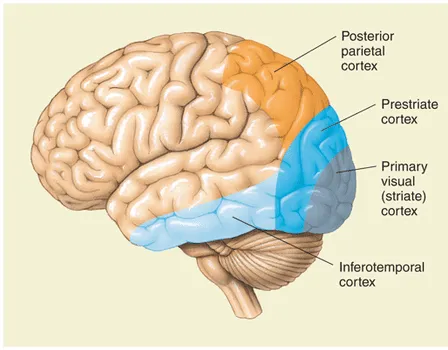- one of the most striking facts about neural networks is that they can compute any function. ⊕
- we will always be able to do better than some given error \(\epsilon\)
- what's even crazier is that this universality holds even if we restrict our networks to just have a single layer intermediate between the input and output neurons:
- one of the original papers publishing this result leveraged the Hahn-Banach Theorem, the Riesz Representation theorem and some Fourier Analysis!
-
realise that really complicated things are actually just functions:

CLOSED: [2025-04-12 Sat 17:22]